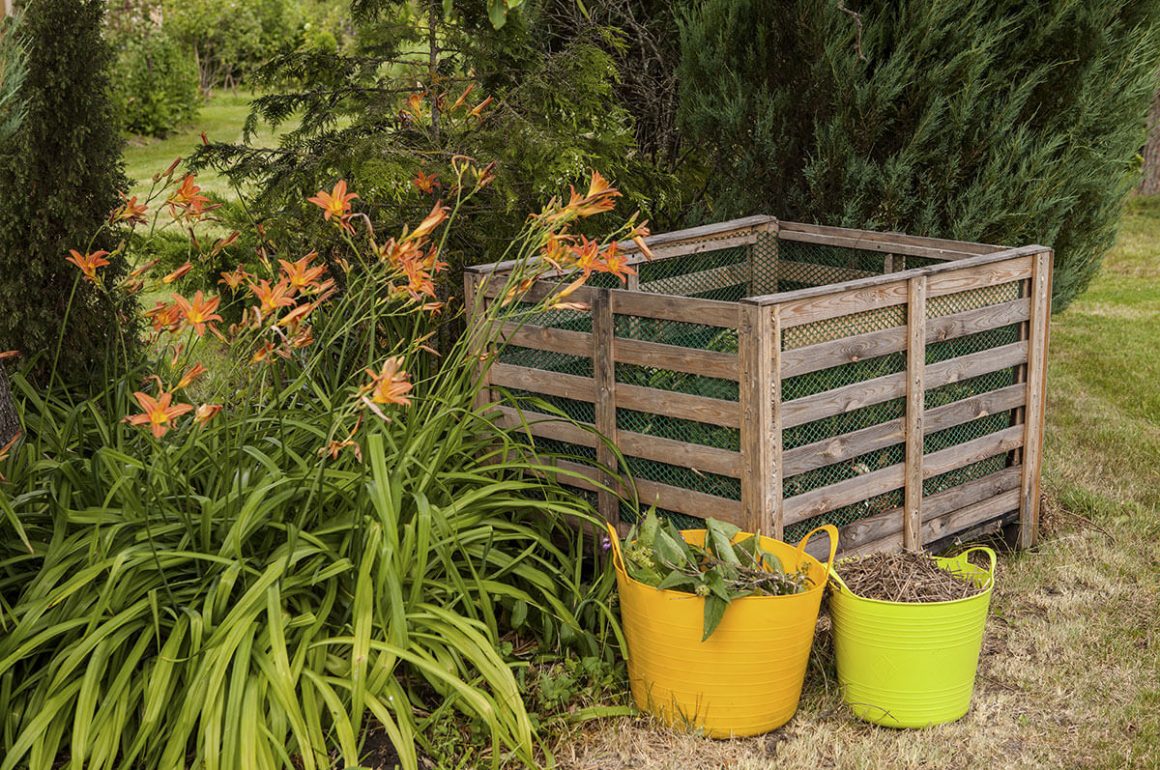
We are big advocates of home composting and have previously written about the subject on the STIHL Blog here. But anyone who is keen to invest in a composter to use in their garden might soon notice that there’s quite a range of products available, with many of them appearing vastly different to the traditional square wooden compost bins that were the norm for decades. And besides looking different, some of these products even use alternative methods to convert waste material into nutritious and quality compost for your garden.
So how do you decide what is the best compost bin for you? To give you an idea, here are the main options available with the benefits of each one explained.
Wooden Compost Bin
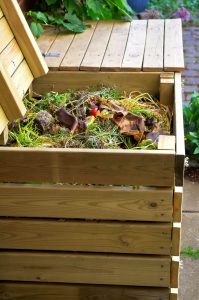
The most basic method of creating compost is to simply heap your garden waste into a pile in the garden and give it the occasional turn to help the matter decompose. Admittedly, this isn’t the tidiest option around so, to give the compost heap a bit more formality, you can contain it in a wooden compost box.
Wooden compost bins are generally made from slats of wood and are relatively simple to construct yourself, with many more extravagant options available to buy. For easier access to turning choose one that has removable slats on the front, and to give it a bit more warmth and protection from the elements you could choose one with a fitted roof. Although they don’t build up heat as effectively as plastic bins, the main advantage of wooden compost bins are that you can make them as big as you like, which is ideal for those with a lot of garden waste to get through.
 Plastic Compost Bin
Plastic Compost Bin
Custom built plastic compost bins tend to come in either square or conical shapes and are a neat option for smaller spaces. Some designs have the advantage of extra height, which increases volume, but it does make turning the compost trickier. These bins are also usually fitted with hatches at the bottom so you can remove the finished compost while continuing to fill fresh material in the top.
Being sealed in plastic means that the temperature will climb higher and the heat will be retained for longer, helping to speed up the decomposition, while weeds will be unable to grow due to lack of light. Finding a compost bin with ventilation will further aid the process.
Compost Bag
Compost bags are ideal for those who want to make their own compost but don’t have much of a garden, as they can be found in sizes small enough to tuck under a patio chair or even in the corner of a balcony. You can make your own compost in just about any hard-wearing bag, but ideally it needs to be breathable. Specialist compost bags for the purpose are available to buy, and sometimes come fitted with straps, enabling you to tighten the sack for maximum space efficiency.
Compost Tumbler

Also known as rotating compost bins, these are sealed composters that are raised off the ground and can be rotated. This allows for more efficient turning of the waste which gets the all-important aerobic bacteria to work through the full load, significantly speeding up the process.
It’s important to make sure your compost tumbler is well aerated and has securely fitting lids – you don’t want to send your compost tumbling across the garden before it’s ready.
 Wormery Compost
Wormery Compost
In many good composts you’ll find plenty of worms busily doing their fair share of the work. If you like the idea of harnessing these wriggly creatures to put in an even greater effort, then invest in a worm composter or wormery – although it’s kitchen scraps they’re interested in, rather than garden waste. Despite all the chomping activity, wormeries are tidy options that are suitable for small spaces, but we definitely recommending reading the instruction manual for these to make sure you know how best to use them!
Bokashi Composter
Whereas all the options above rely on decomposition to make compost, the Japanese Bokashi bin works by fermentation. You use them for kitchen waste (including meat and fish, which are normally a no-go for regular compost bins) and they can also be kept indoors as they don’t smell.
You’ll need a special ‘bokashi bran’ to get the fermentation underway and after just a week you’ll be able to draw off a nutrient rich liquid feed. A few weeks later you can add the remaining solid waste to a regular composter or simply bury it in the garden.
Do you want to make compost out of your garden waste? Do you already have a composter in your garden? What are your best composting tips? Let us know in the comments.



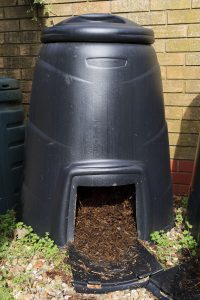 Plastic Compost Bin
Plastic Compost Bin Wormery Compost
Wormery Compost The Two Thirsty Gardeners, Rich and Nick, are bloggers who love gardening, eating and drinking in equal measure! They love to share tales from their allotment including their experiments turning the spoils of their crops into alcohol, both the good and the bad!
To find out more about Rich and Nick,
The Two Thirsty Gardeners, Rich and Nick, are bloggers who love gardening, eating and drinking in equal measure! They love to share tales from their allotment including their experiments turning the spoils of their crops into alcohol, both the good and the bad!
To find out more about Rich and Nick, 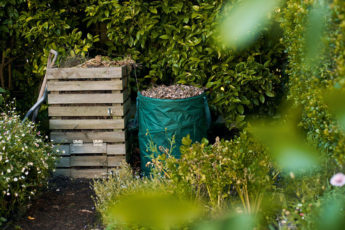
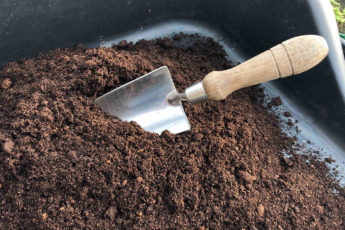
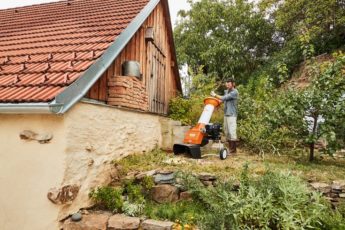
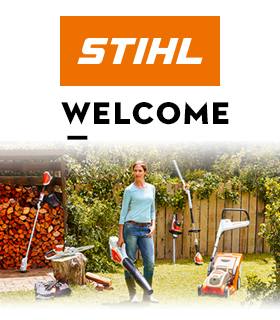








Leave a Comment